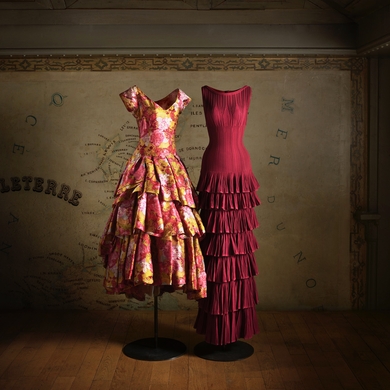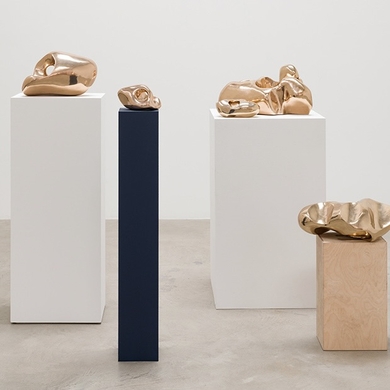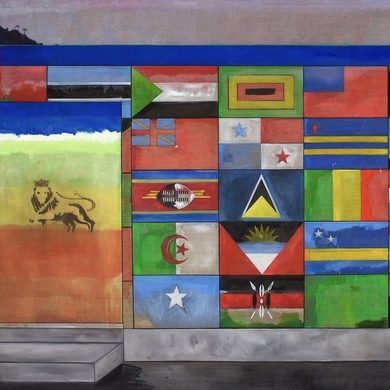“Line is limitation,” the artist Robert Delaunay wrote in 1913. “Colour gives depth—not perspectival, not successive, but simultaneous depth—as well as form and movement.” Coined by the poet and art critic Guillaume Apollinaire in 1912, the term Orphism refers to the Greek musician Orpheus and suggests that painting should be like music. Close to but separate from Cubism, Orphism saw the creation of varicolored compositions, first developed by Robert and his wife, Sonia Delaunay. With around 100 pieces, this exhibition looks at that moment in time when the avant-garde in Paris, comprised of émigré artists from around the world, made the city the capital of modern art. Intellectuals shared ideas about dance, music, and literature, which came together in movements like Orphism. —Jeanne Malle
Arts Intel Report
Harmony and Dissonance: Orphism in Paris, 1910–1930

Robert Delaunay, Circular Forms (Formes Circulaires), 1930.
When
Nov 8, 2024 – Mar 9, 2025
Where
Etc
Photo: Kristopher McKay



